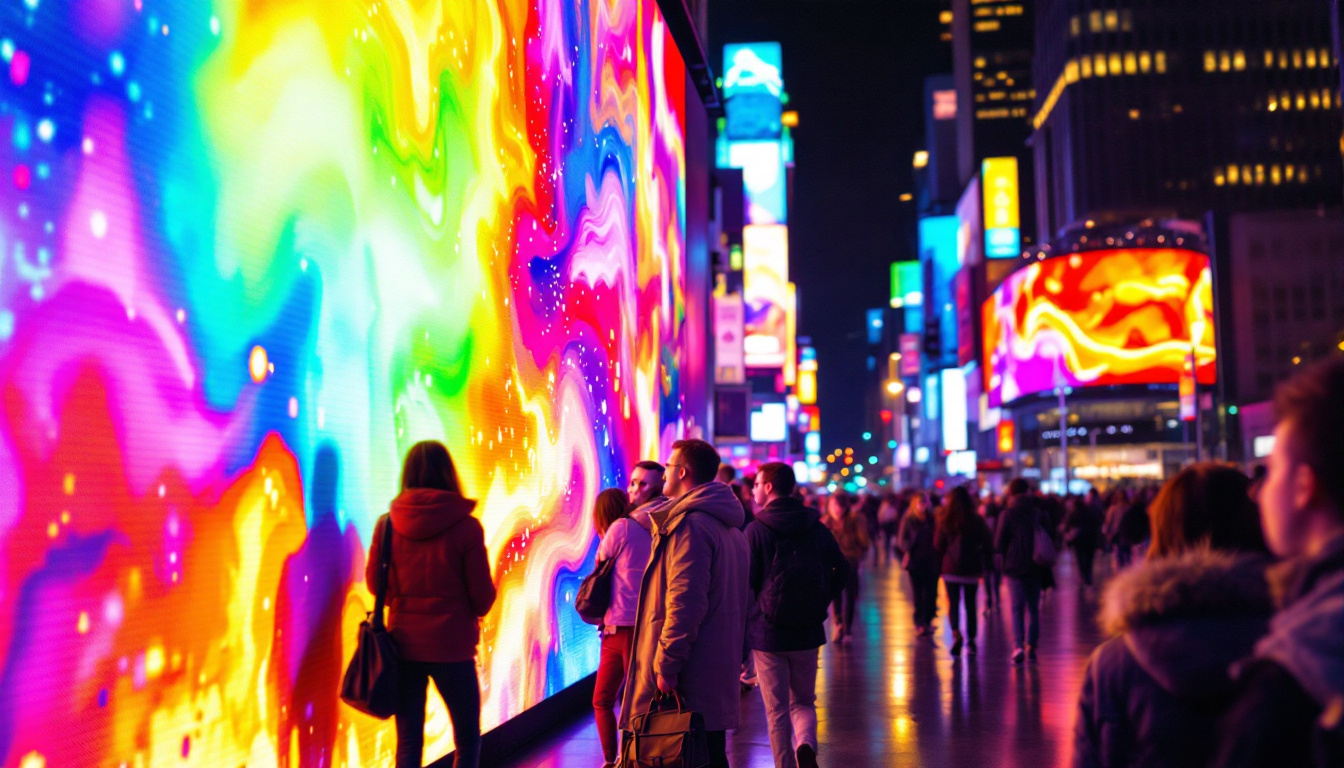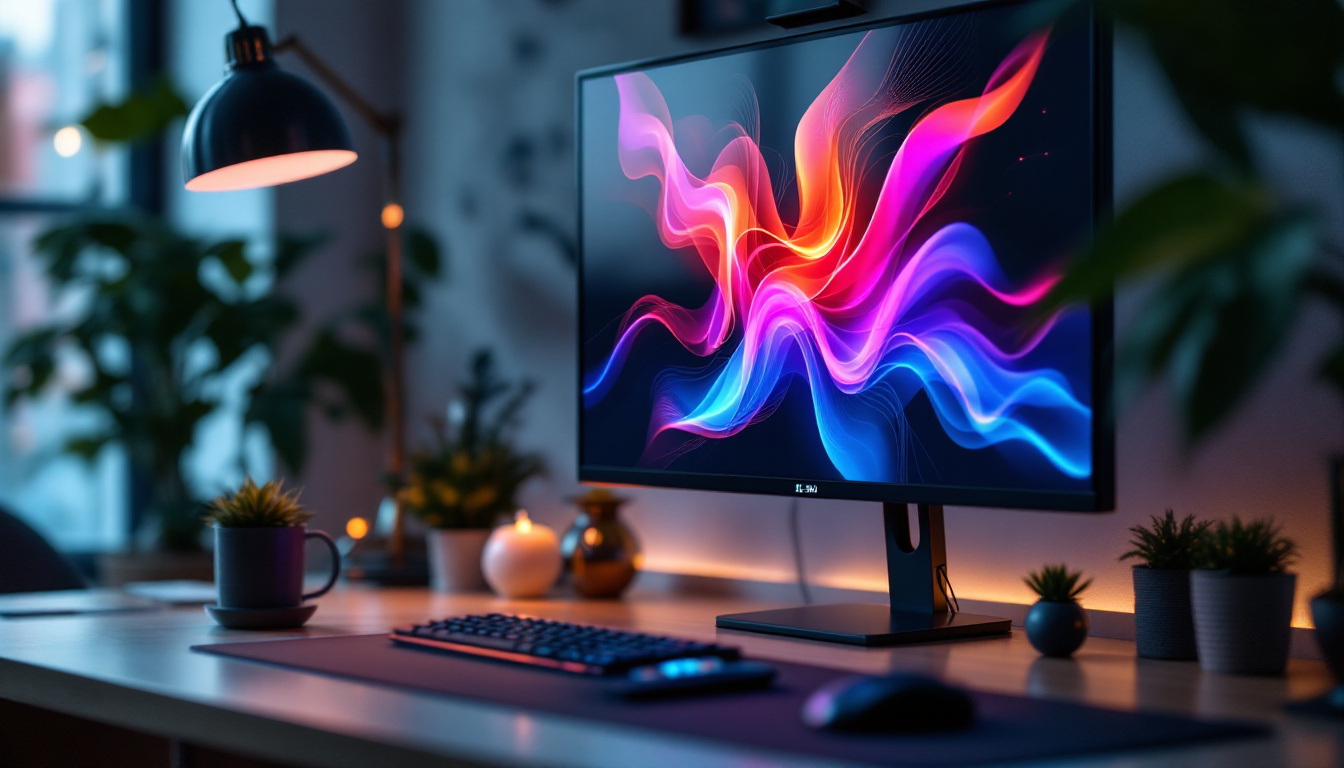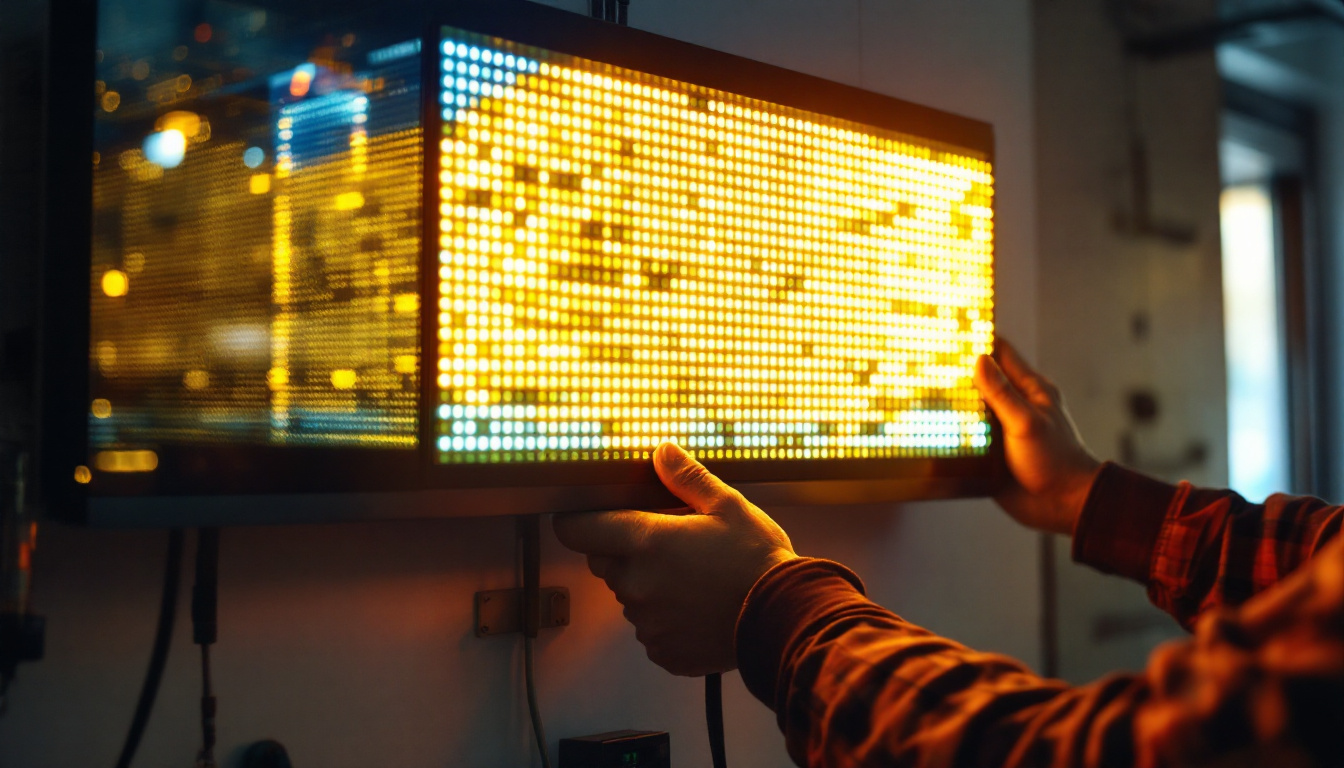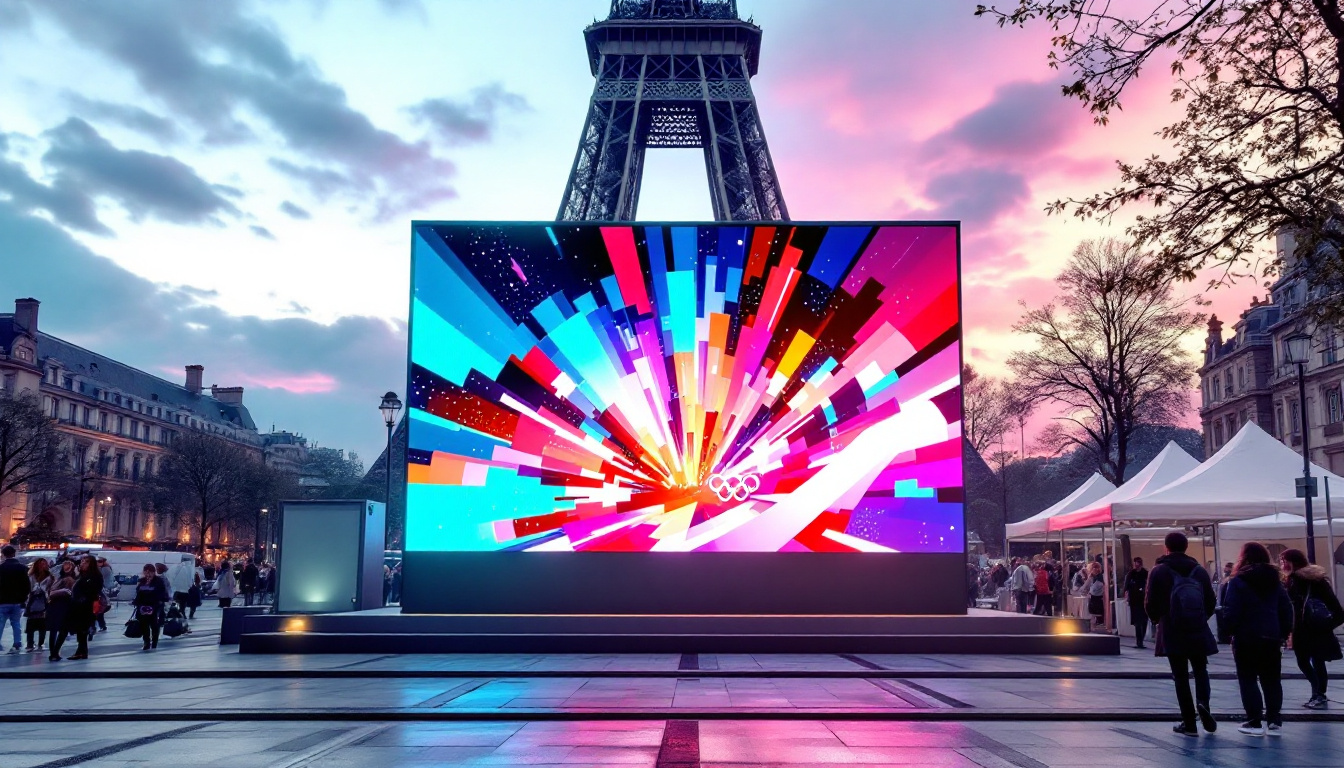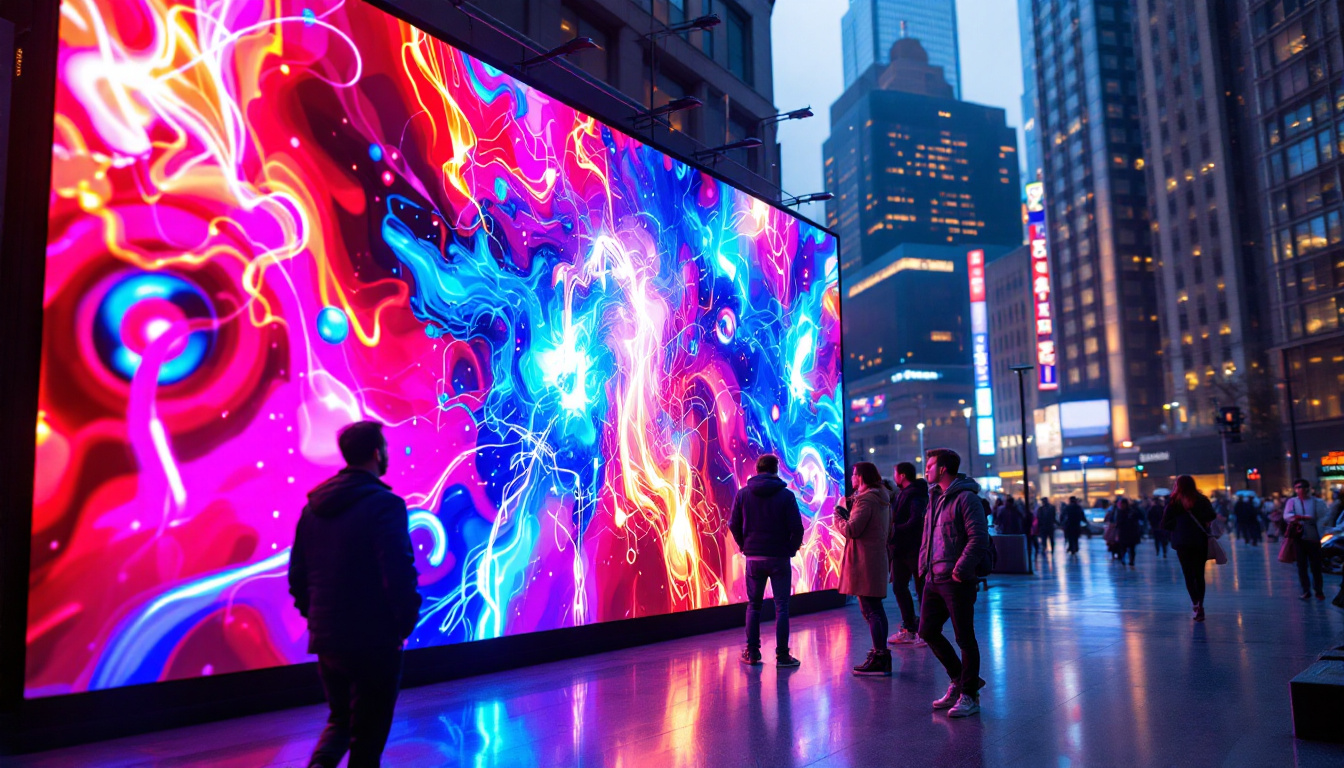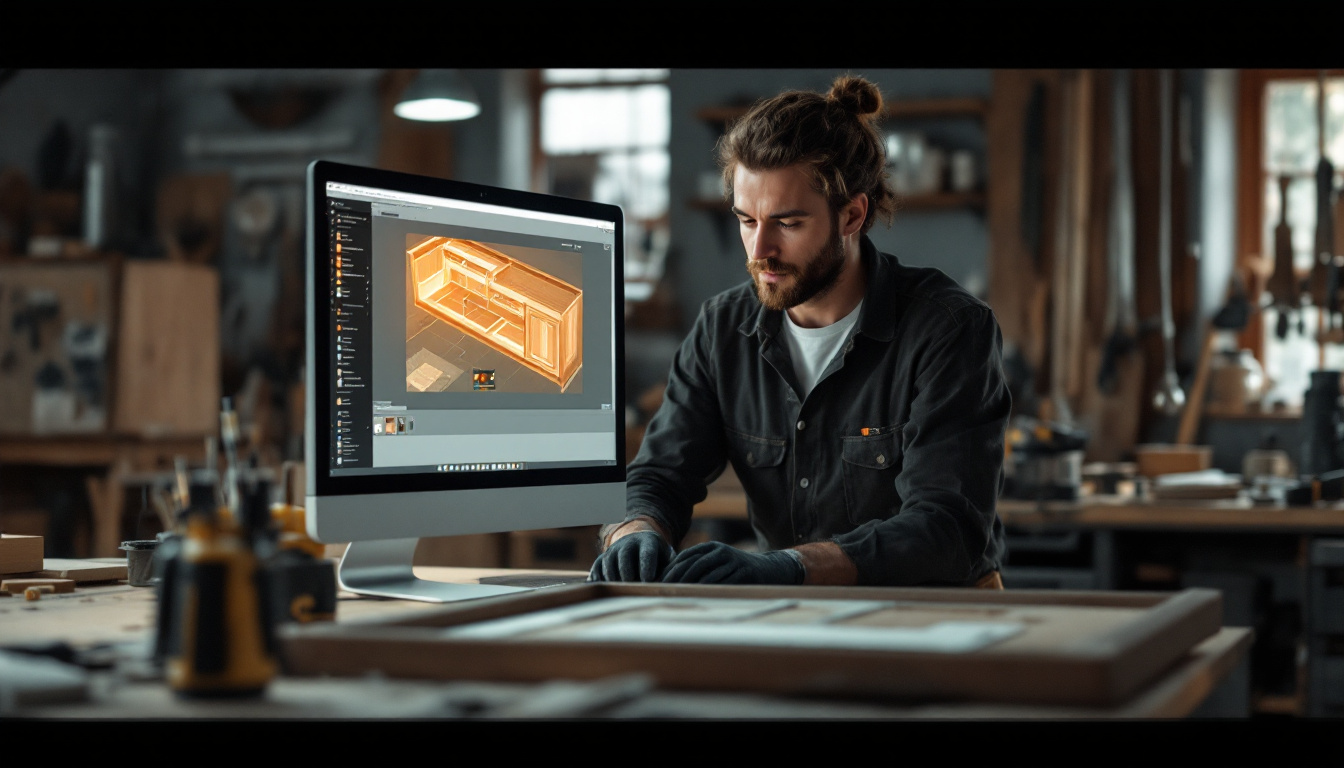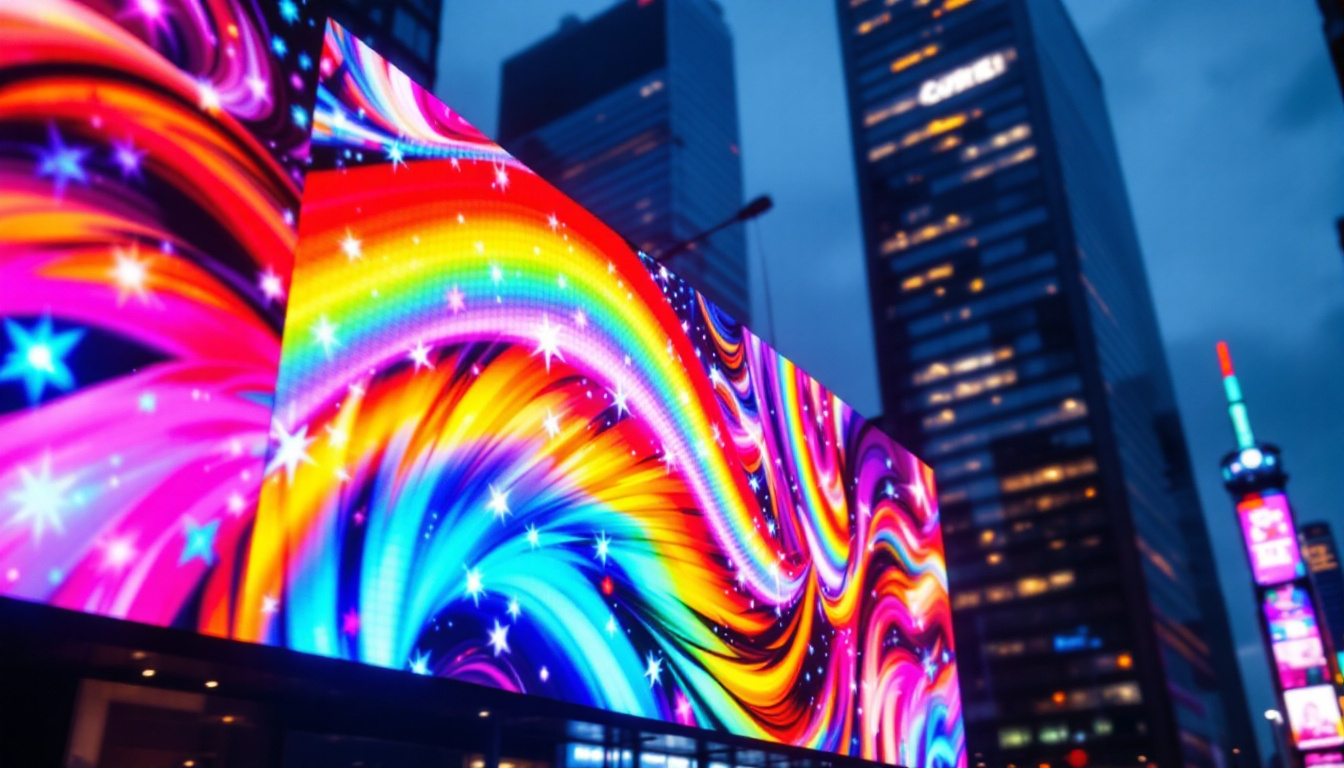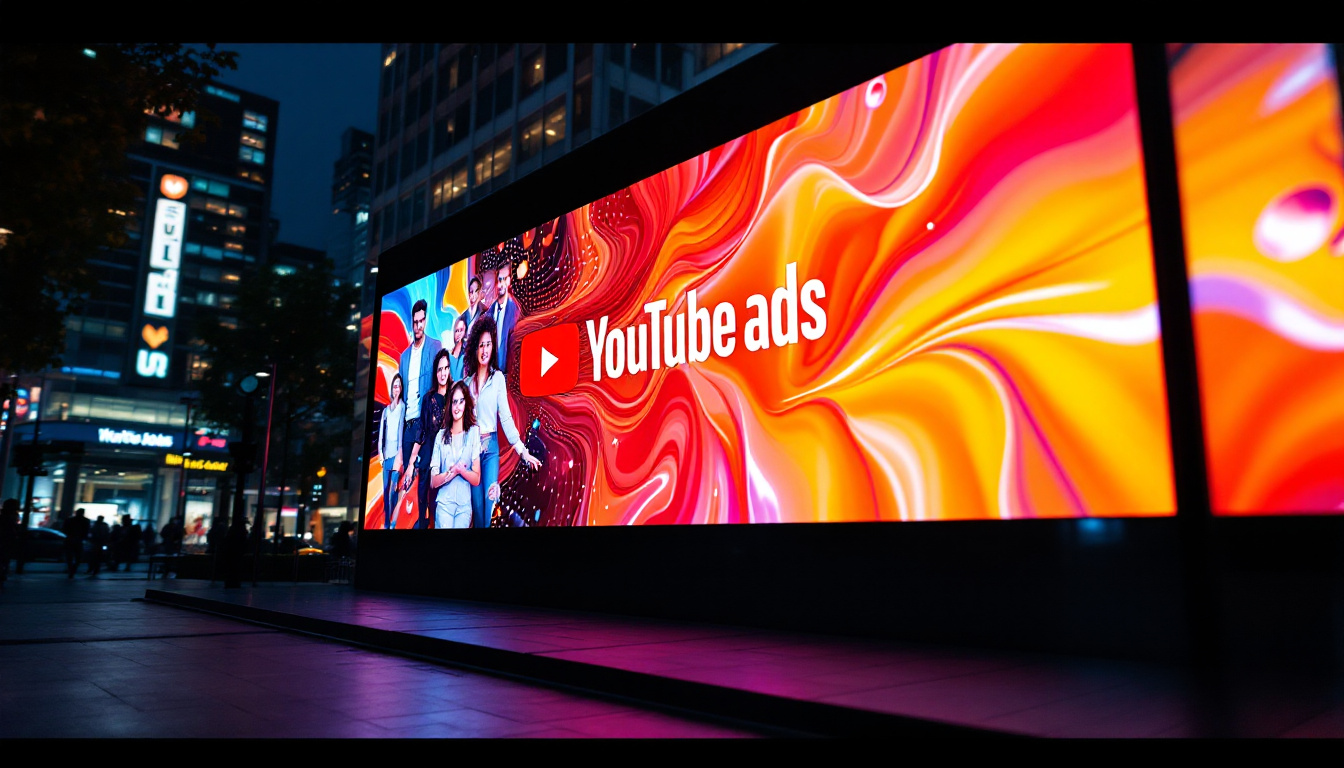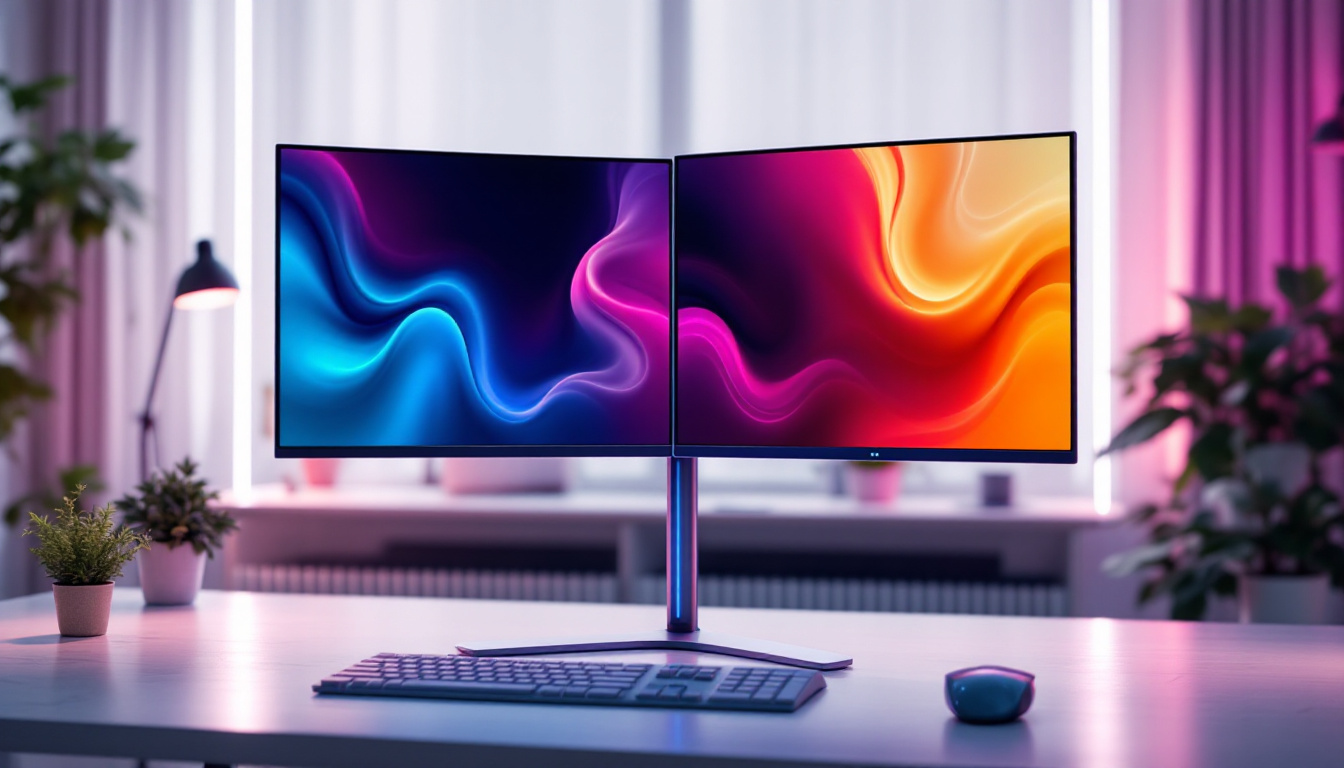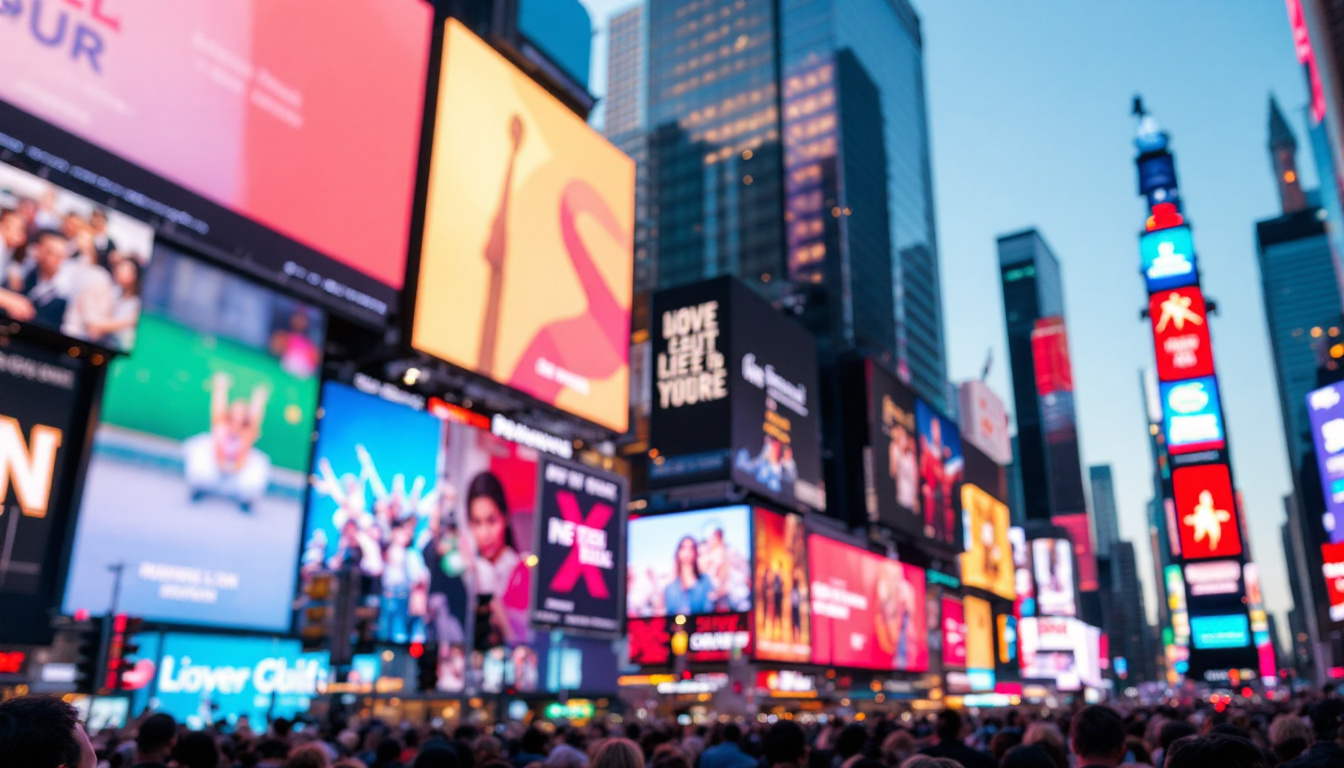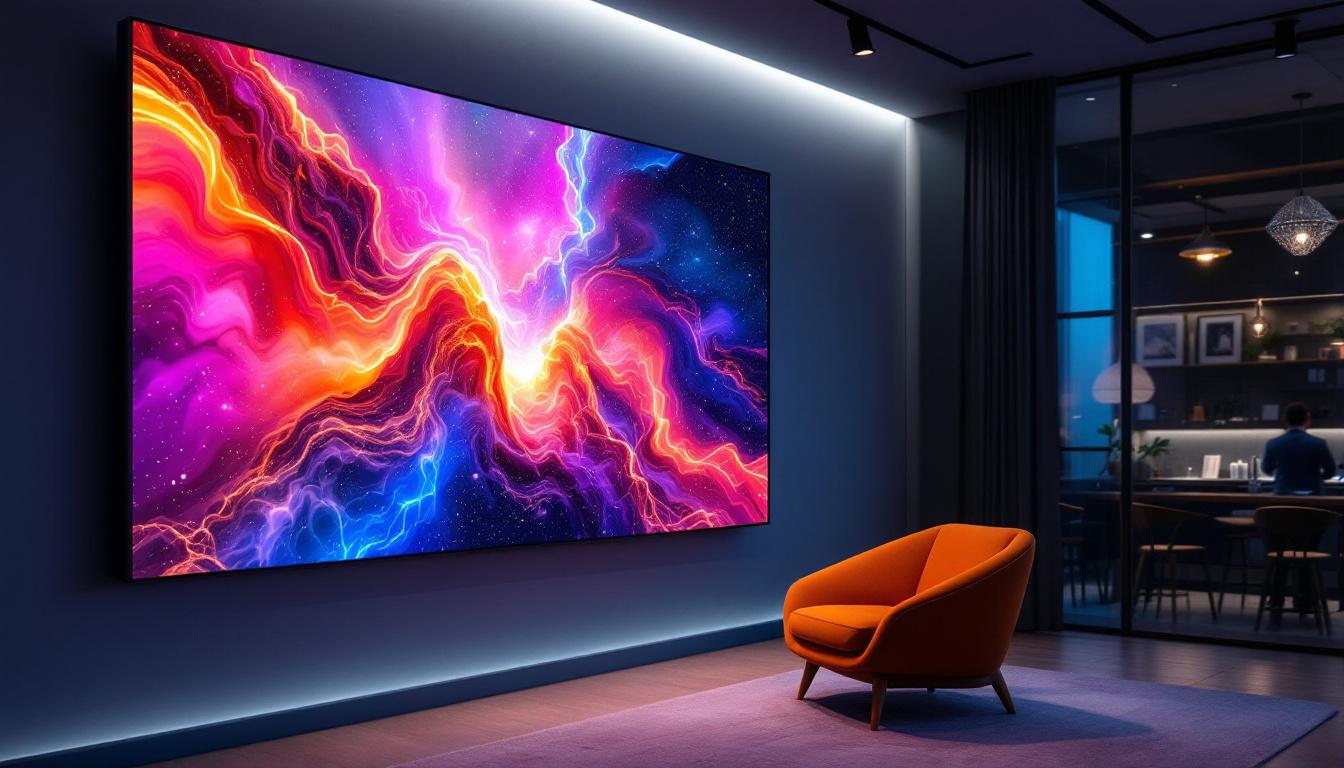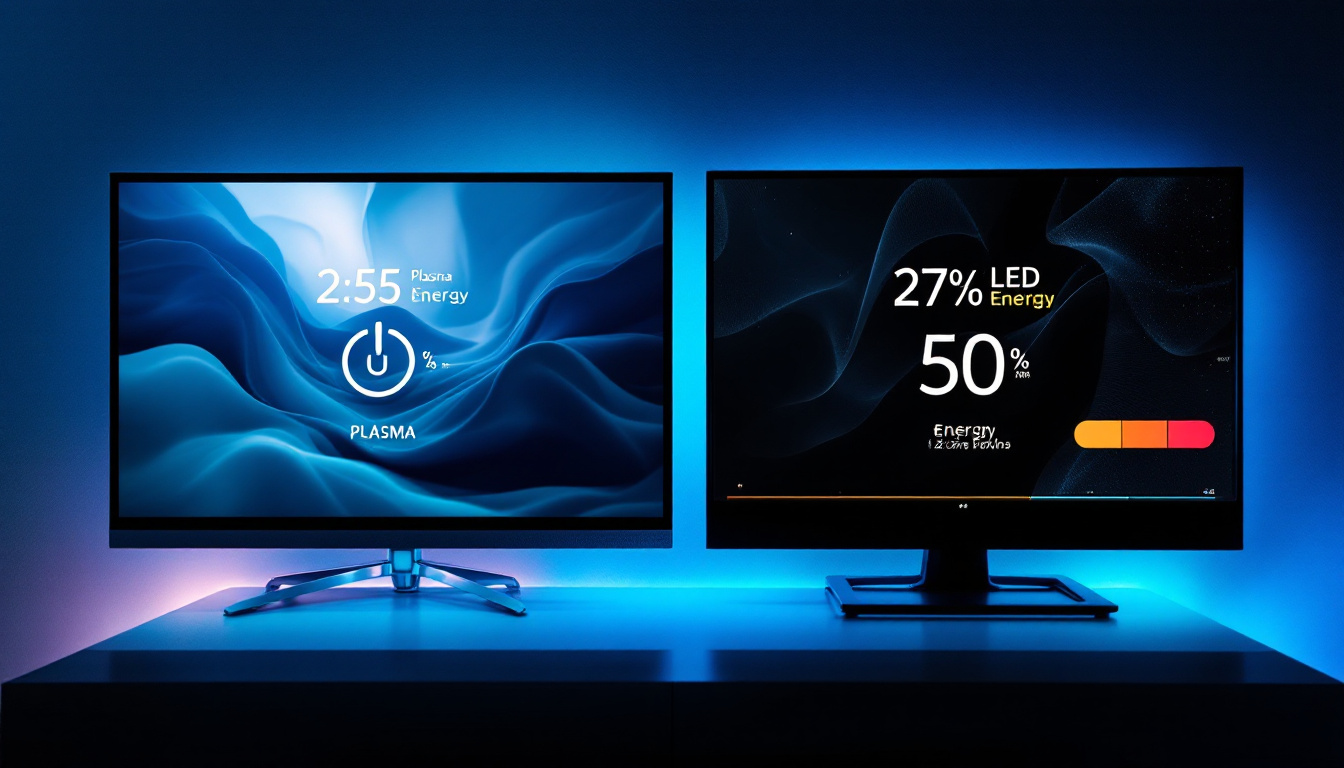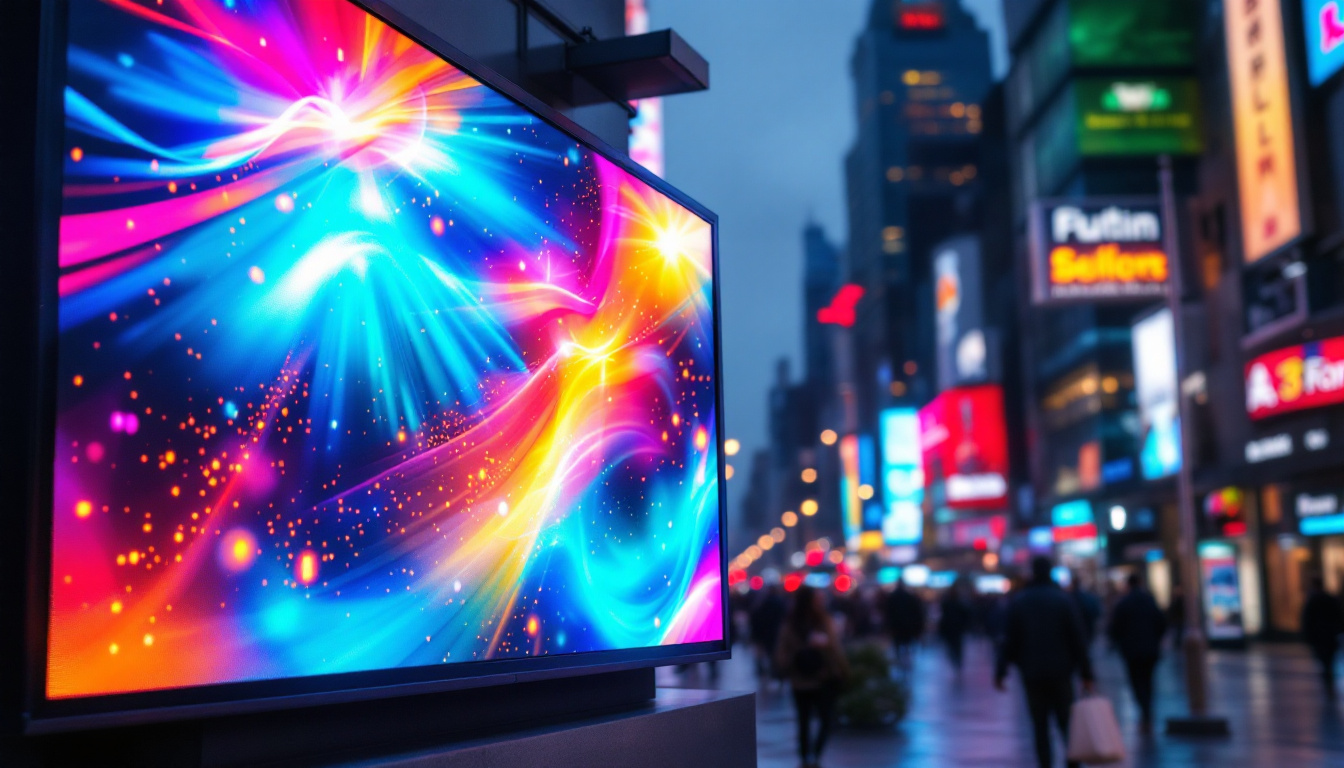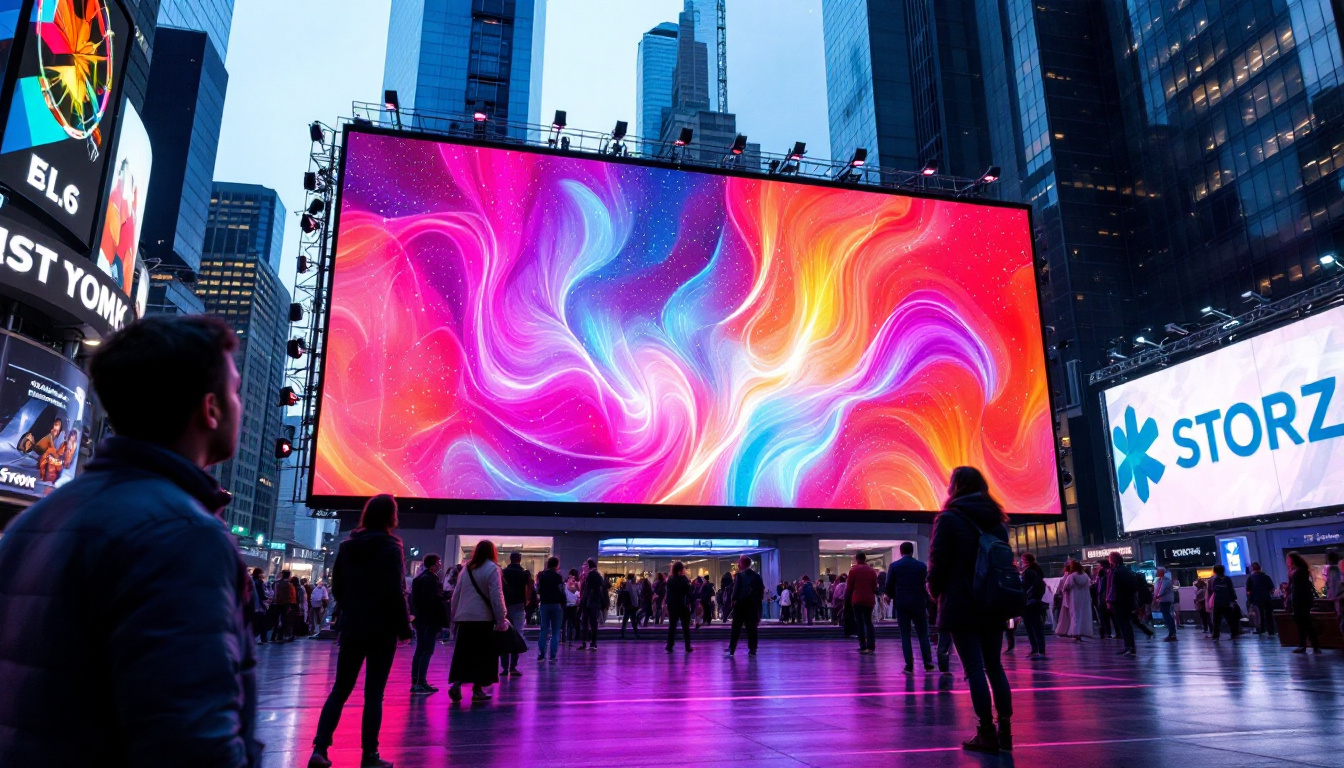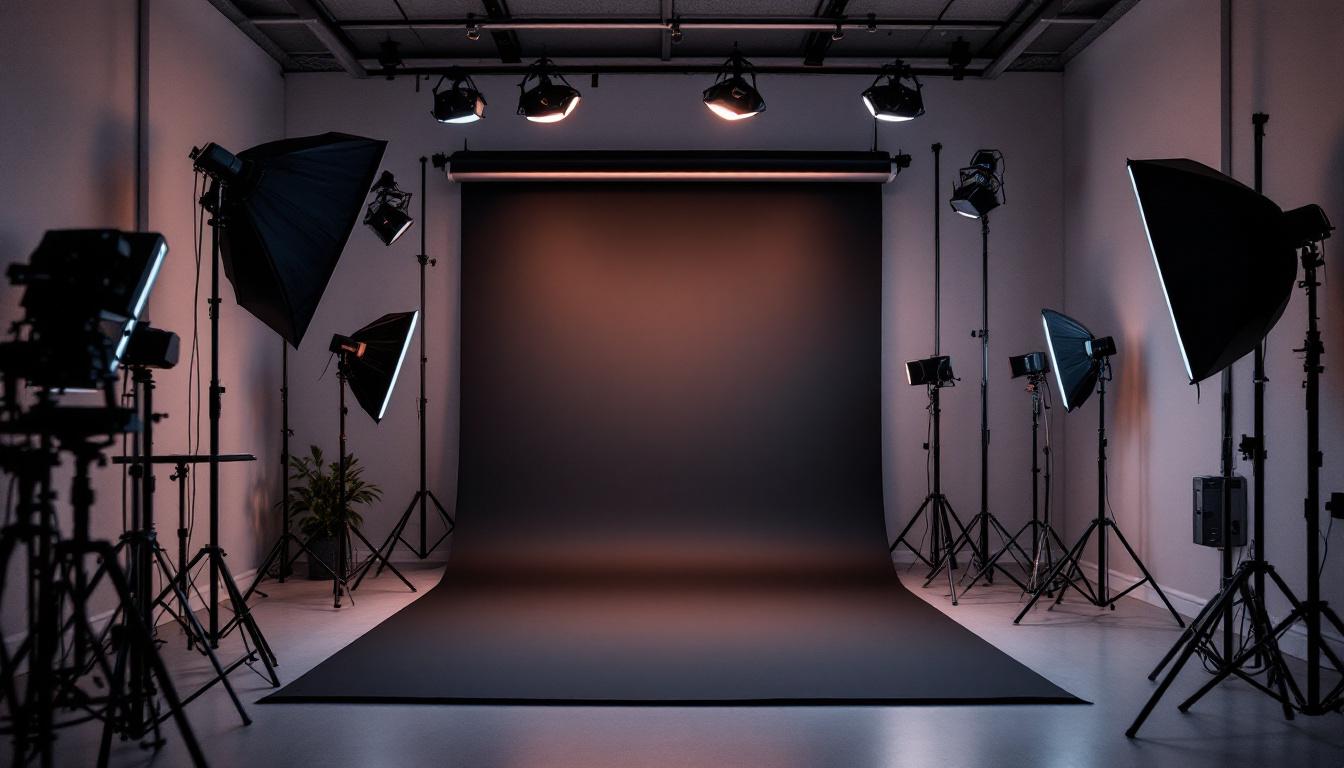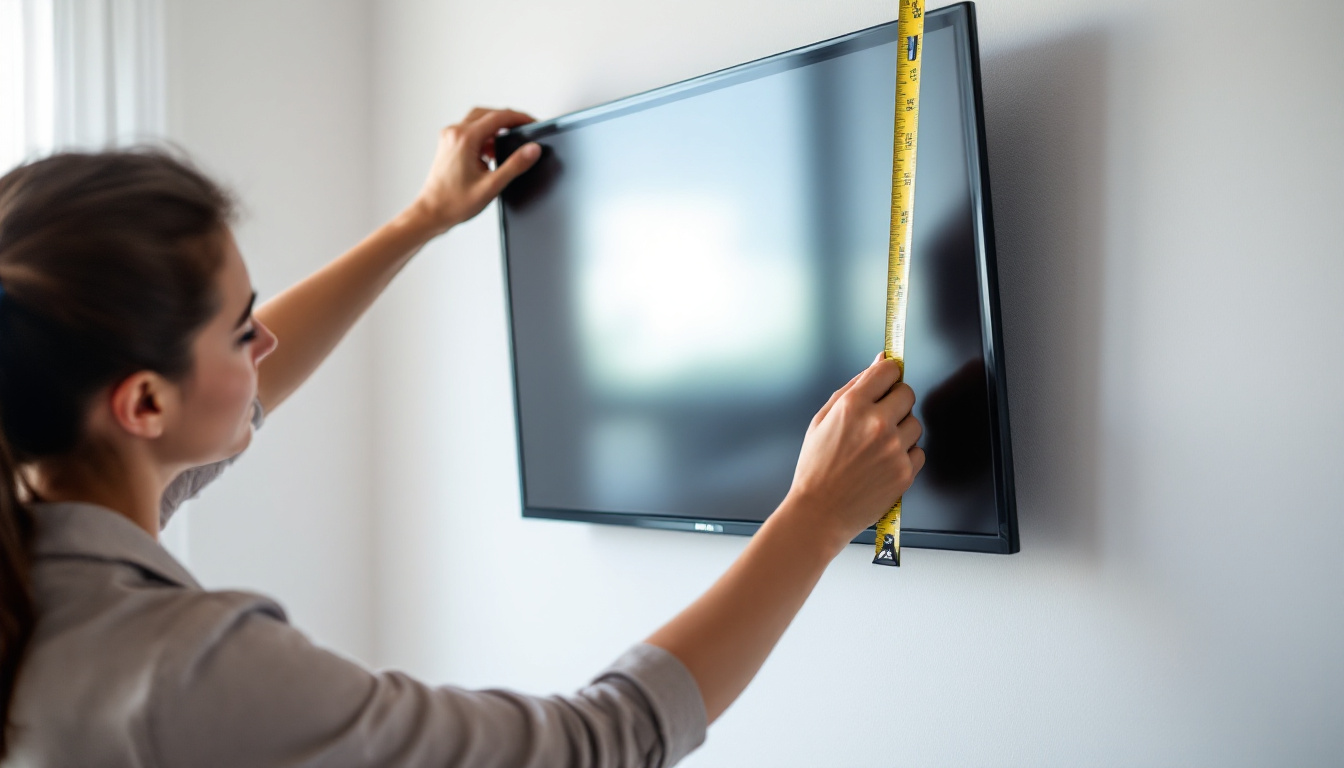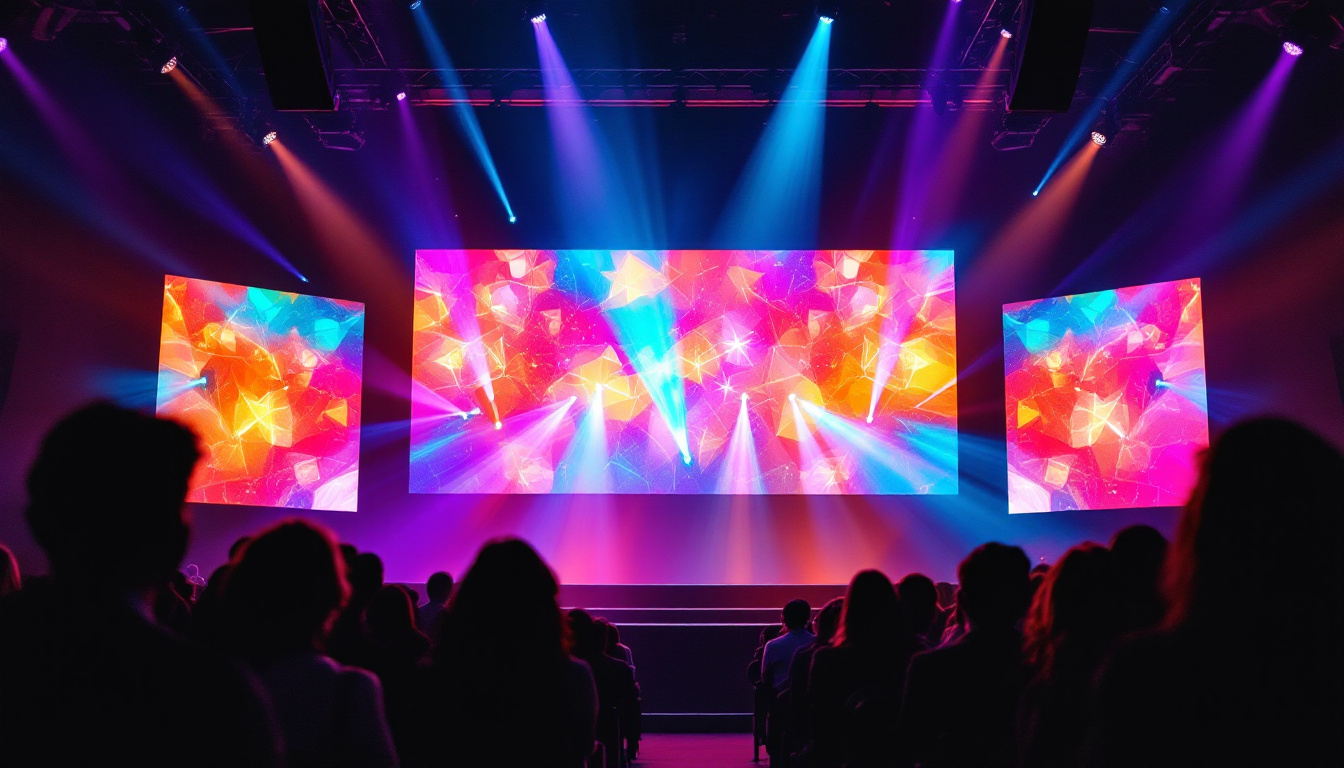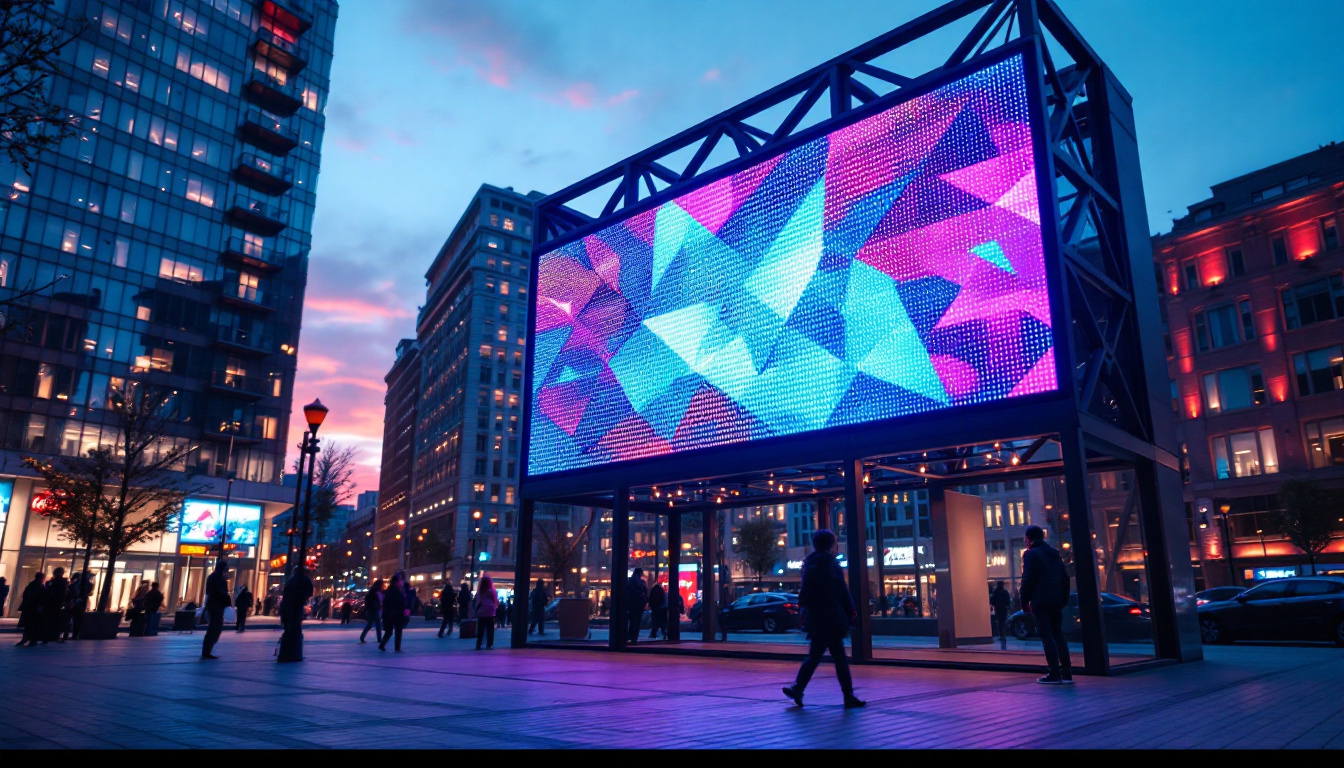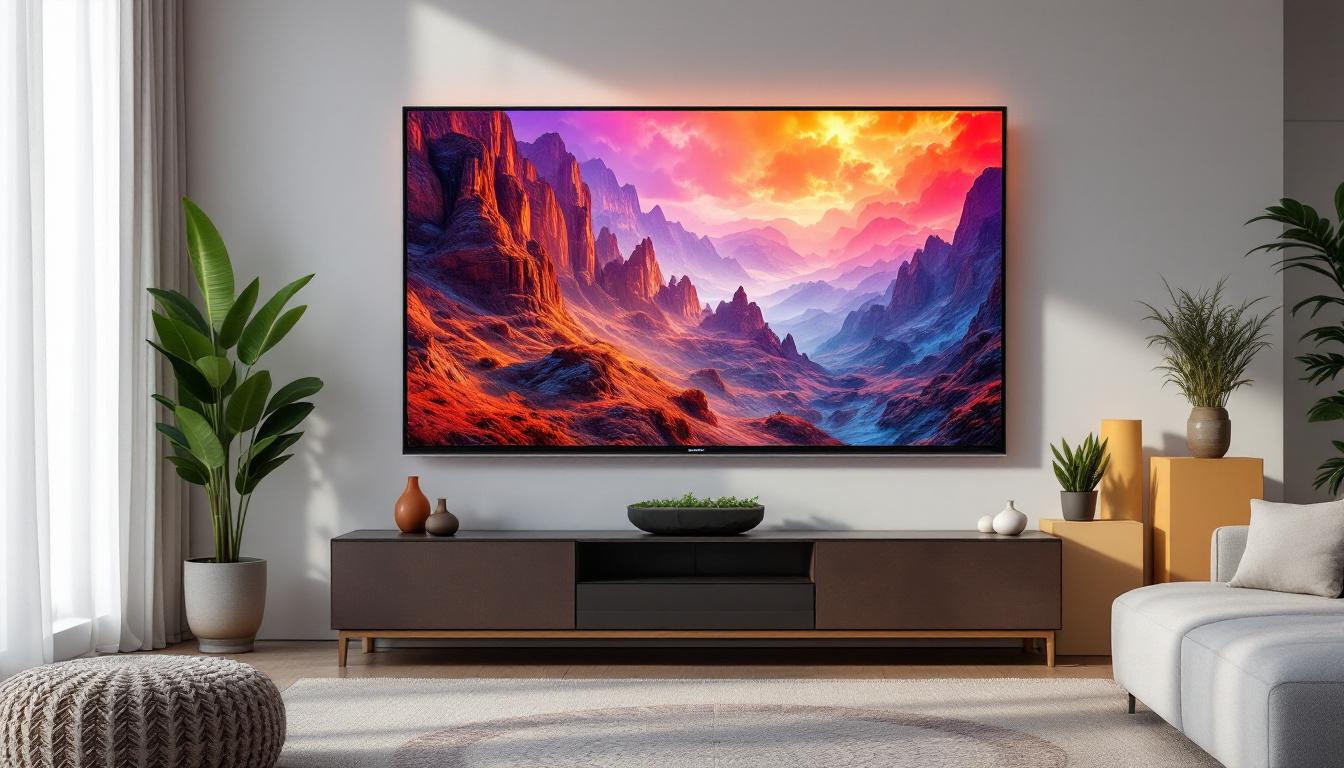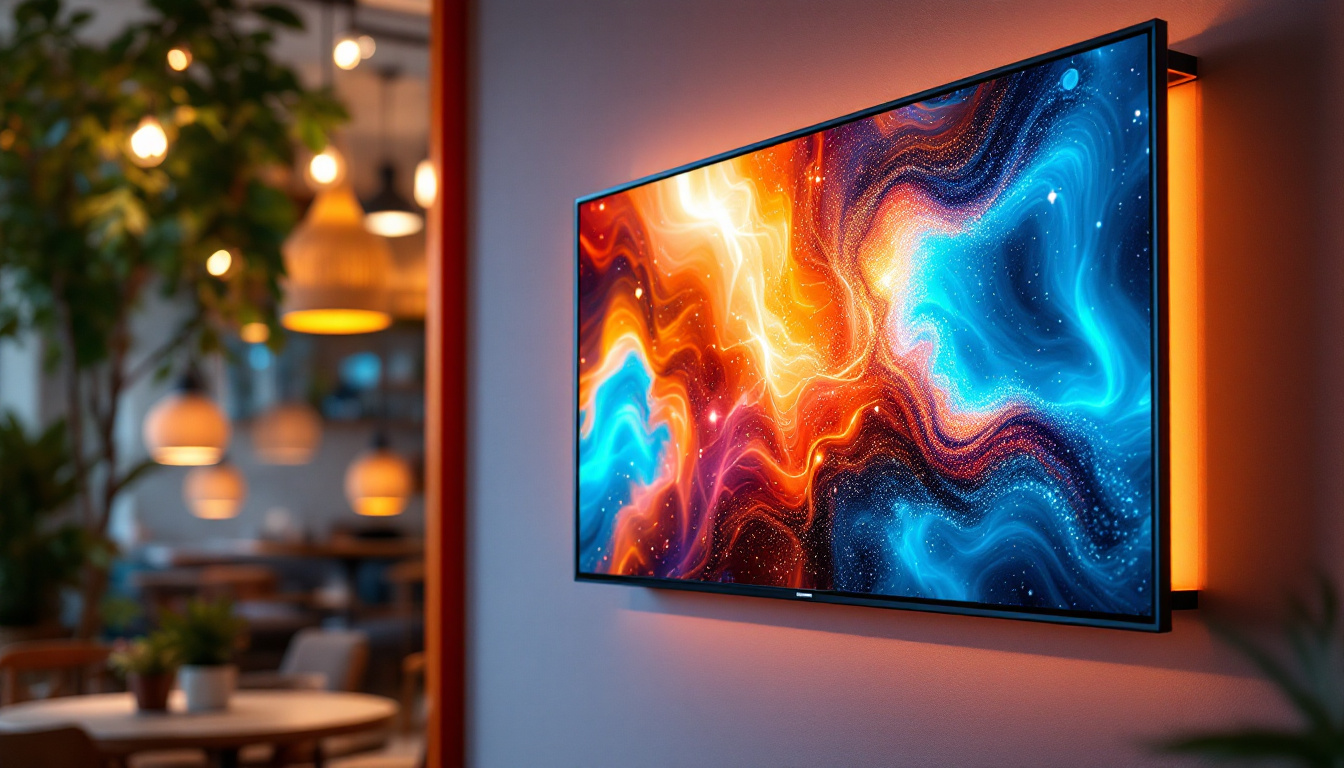In the realm of technology, understanding measurements is crucial, especially when dealing with displays. One common conversion that often arises in discussions about LED displays is the transformation of inches to millimeters. This article will delve into the specifics of converting 0.6 inches to millimeters, while also exploring the significance of LED displays in various applications.
Understanding the Conversion: Inches to Millimeters
To convert inches to millimeters, a simple formula is employed: multiply the number of inches by 25.4. This conversion factor stems from the fact that one inch is equivalent to 25.4 millimeters. Therefore, to convert 0.6 inches to millimeters, the calculation would be as follows:
The Calculation
0.6 inches × 25.4 mm/inch = 15.24 mm
This means that a measurement of 0.6 inches translates to 15.24 millimeters. Such conversions are essential for various industries, particularly in manufacturing and design, where precision is paramount. For instance, in the automotive industry, even a slight miscalculation in component dimensions can lead to assembly issues or performance inefficiencies, highlighting the importance of accurate conversions.
Why Conversion Matters
In many cases, specifications for electronic components and displays are provided in millimeters. Designers and engineers must ensure that their components fit within the designated spaces, which often requires converting measurements from inches to millimeters. Understanding this conversion can prevent costly mistakes and ensure that products meet design specifications. Moreover, in global markets, where products are manufactured in different countries, the ability to convert measurements accurately is crucial. For example, a product designed in the United States may need to conform to specifications set by European or Asian manufacturers, necessitating a clear understanding of both measurement systems.
Additionally, the significance of this conversion extends beyond just manufacturing and engineering. In fields such as architecture and construction, precise measurements are vital for ensuring structural integrity and aesthetic appeal. Architects often work with blueprints that include both inches and millimeters, and being adept at converting between the two can streamline the design process. Furthermore, as technology advances, the integration of metric measurements into everyday tools and devices becomes increasingly common, making it essential for professionals across various sectors to be fluent in both measurement systems.
The Significance of LED Displays
Light Emitting Diodes (LEDs) have revolutionized the display technology landscape. Their efficiency, longevity, and brightness make them a preferred choice for various applications, from consumer electronics to large-scale advertising displays. The compact size of LEDs allows for versatile design options, which is particularly important when considering dimensions like 0.6 inches. Moreover, the advancements in LED technology have led to the development of flexible and transparent displays, opening up new avenues for creative applications in architecture and interior design, where aesthetics and functionality converge.
Applications of LED Displays
LED displays are utilized in a myriad of applications. Common uses include:
- Consumer Electronics: Devices such as televisions, smartphones, and tablets often incorporate LED displays due to their superior image quality and energy efficiency.
- Advertising: Billboards and digital signage benefit from LED technology, providing vibrant colors and high visibility even in bright sunlight.
- Automotive Displays: Instrument panels and infotainment systems in vehicles increasingly rely on LED displays for their clarity and responsiveness.
In addition to these common applications, LED displays are also making significant inroads into the world of sports and entertainment. Stadiums and arenas now feature massive LED screens that enhance the spectator experience by delivering real-time game stats, instant replays, and immersive visuals. Furthermore, in the entertainment industry, concerts and events utilize LED walls to create dynamic backdrops that can change in response to the performance, adding a layer of excitement and engagement for the audience.
Advantages of LED Technology
LED displays offer numerous advantages over traditional display technologies. These include:
- Energy Efficiency: LEDs consume significantly less power compared to incandescent or fluorescent displays, making them more environmentally friendly and cost-effective.
- Longevity: LED displays have a longer lifespan, often lasting tens of thousands of hours, which reduces the need for frequent replacements.
- Brightness and Clarity: The brightness of LED displays allows for clear visibility in various lighting conditions, making them ideal for both indoor and outdoor use.
Additionally, the durability of LED technology contributes to its appeal. Unlike traditional displays that may be susceptible to breakage or damage from environmental factors, LED displays are often built to withstand harsh conditions, including extreme temperatures and moisture. This resilience makes them suitable for outdoor installations, such as in public transportation hubs and outdoor festivals, where they can operate reliably regardless of the weather. The rapid advancements in LED technology also mean that we can expect even more innovative features, such as improved color accuracy and faster refresh rates, further enhancing the user experience.
Understanding Display Measurements
When discussing LED displays, measurements such as size, pixel pitch, and resolution become essential. Understanding these terms helps in evaluating the quality and suitability of a display for specific applications.
Size and Pixel Pitch
The size of a display is often measured diagonally in inches. For instance, a 0.6-inch LED display is compact and typically used in applications where space is limited, such as wearables or small electronic devices. Pixel pitch refers to the distance between the centers of two adjacent pixels, measured in millimeters. A smaller pixel pitch indicates a higher resolution, which is crucial for applications requiring detailed images. For example, displays with a pixel pitch of 1.2mm or less are often used in high-end retail environments, where clarity and vibrancy can significantly enhance customer engagement.
Resolution and Aspect Ratio
Resolution defines the number of pixels in each dimension that the display can show. Higher resolution results in sharper images. Aspect ratio, the ratio of the width to the height of the display, is also an important consideration, especially for video content. Common aspect ratios include 16:9 for widescreen displays and 4:3 for traditional formats. Additionally, the choice of aspect ratio can impact the viewer’s experience; for instance, a 21:9 aspect ratio is often favored for cinematic presentations, providing a more immersive experience that closely resembles the format used in movie theaters.
Moreover, the interplay between resolution and aspect ratio can determine how effectively content is displayed. For instance, a display with a high resolution but an inappropriate aspect ratio may lead to distorted images or wasted screen space. This is particularly relevant in the context of digital signage, where the goal is to convey information clearly and attractively. Understanding these measurements allows designers and engineers to select the right display technology that not only meets the technical specifications but also enhances the visual communication strategy of a brand or organization.
Choosing the Right LED Display
Selecting the appropriate LED display for a specific application involves several considerations. Factors such as size, resolution, and intended use play a significant role in this decision-making process. The right choice can greatly enhance the user experience, whether it’s for advertising, entertainment, or information dissemination.
Considerations for Selection
When choosing an LED display, consider the following:
- Application: Determine the primary use of the display. Is it for indoor or outdoor use? Will it be viewed from a distance or up close? Understanding the environment in which the display will be placed is crucial, as outdoor displays need to withstand weather conditions while maintaining visibility in bright sunlight.
- Size: Assess the available space for the display. A 0.6-inch display may be suitable for compact devices, while larger screens are needed for presentations or signage. Additionally, the viewing distance should influence size selection; larger displays are often necessary for audiences that will be viewing from afar to ensure clarity and impact.
- Resolution: Higher resolution displays are necessary for applications requiring detailed images, such as medical imaging or graphic design. The pixel pitch, which refers to the distance between pixels, also plays a vital role in determining how sharp the image will appear, especially in high-definition settings.
Future Trends in LED Display Technology
The LED display industry continues to evolve rapidly. Emerging trends include:
- Flexible Displays: Advances in technology are leading to the development of flexible LED displays that can be bent or shaped to fit various designs. This innovation opens up new possibilities for creative installations, allowing designers to create immersive environments that were previously unimaginable.
- MicroLED Technology: This new technology promises even higher brightness and efficiency, potentially revolutionizing the display market. MicroLEDs are smaller than traditional LEDs, which allows for greater pixel density and improved color accuracy, making them ideal for high-end consumer electronics and large-scale displays.
- Integration with Smart Technology: As the Internet of Things (IoT) expands, LED displays are increasingly being integrated into smart devices and environments. This integration allows for real-time data display and interaction, enhancing user engagement and providing dynamic content that can be updated on the fly.
Moreover, sustainability is becoming a significant focus in the LED display industry. Manufacturers are exploring eco-friendly materials and energy-efficient technologies to reduce the environmental impact of production and operation. This shift not only meets consumer demand for greener products but also aligns with global initiatives aimed at reducing carbon footprints. As technology progresses, we can expect to see more innovations that prioritize both performance and sustainability, paving the way for a more responsible approach to display solutions.
Conclusion
Understanding the conversion from inches to millimeters, particularly in the context of LED displays, is essential for professionals in various fields. The compact size of a 0.6-inch display, converted to 15.24 mm, highlights the importance of precision in design and application. As LED technology continues to advance, staying informed about measurement conversions and display specifications will be crucial for making informed decisions in technology and design.
In summary, whether for consumer electronics, advertising, or automotive applications, LED displays play a vital role in modern technology. Their efficiency, longevity, and versatility make them an ideal choice for a wide range of uses, underscoring the importance of understanding their specifications, including size and resolution. Embracing these technologies and their measurements will pave the way for innovative solutions in the future.
Discover LumenMatrix’s Advanced LED Display Solutions
Ready to experience the precision and innovation of LED technology firsthand? LumenMatrix is at the forefront of LED display innovation, offering a diverse range of solutions tailored to your needs. From Indoor and Outdoor LED Wall Displays to dynamic Vehicle and Sports Displays, our products are designed to captivate and engage. Explore our LED Poster Displays, Floor LEDs, Custom configurations, and All-in-One solutions, including the cutting-edge LED Transparent Display. Elevate your visual communication and make a lasting impression with LumenMatrix’s state-of-the-art LED displays. Check out LumenMatrix LED Display Solutions today and transform the way you share your message.


